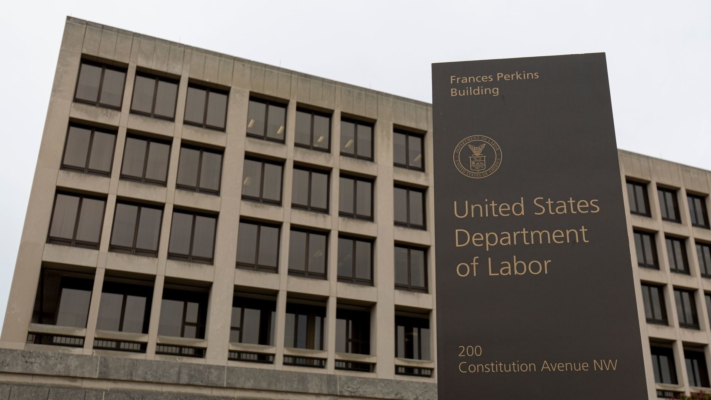In EBSA Disaster Relief Notice 2021-01, the Department of Labor (DOL) has issued a critical interpretation of prior guidance that extended certain deadlines for employee benefit plans, participants, and beneficiaries due to COVID-19. In coordination with other agencies, the DOL has now interpreted the underlying one-year limitation on the ability of the agencies to extend deadlines through regulatory action to essentially apply on an individualized, rolling basis to each applicable deadline.
In EBSA Disaster Relief Notice 2021-01 and related final regulations, the DOL and other agencies announced that the period from March 1, 2020, through 60 days after the announced end of the COVID-19 National Emergency (the “outbreak period”) would be disregarded for determining the deadlines by which certain actions were required or permitted to be completed by plans, participants, and beneficiaries. The affected deadlines included, for example, the deadline to make an election for COBRA coverage, to make payments of COBRA premiums, and to enroll in a group health plan mid-year due to the special enrollment right under HIPAA. Notwithstanding the open-ended nature of the extensions, the statutory language under which the extensions were provided permits the agencies to extend such deadlines for no more than one year.
Under the new notice, the deadlines that are subject to the relief under the prior guidance are extended until the earlier of (i) one year or (ii) the end of the outbreak period. The extension begins on the date the clock for the particular deadline would have started running. In other words, the one-year extension is applied on a rolling basis to each deadline and is not a static period that ends on February 28, 2021 (one year from March 1, 2020). The new notice provides the following examples of how the extension applies:
- If a qualified beneficiary, for example, would have been required to make a COBRA election by March 1, 2020, the prior notice delays that requirement until February 28, 2021, which is the earlier of 1 year from March 1, 2020 or the end of the Outbreak Period (which remains ongoing). Similarly, if a qualified beneficiary would have been required to make a COBRA election by March 1, 2021, the prior notice delays that election requirement until the earlier of 1 year from that date (i.e., March 1, 2022) or the end of the Outbreak Period. Likewise, if a plan would have been required to furnish a notice or disclosure by March 1, 2020, the relief under the Notices would end with respect to that notice or disclosure on February 28, 2021. The responsible plan fiduciary would be required to ensure that the notice or disclosure was furnished on or before March 1, 2021. In all of these examples, the delay for actions required or permitted that is provided by the Notices does not exceed 1 year.
The DOL further described in the notice that plan administrators “should consider affirmatively sending a notice regarding the end of the relief period” to those who the plan administrators know or should know will be affected by the ending of the extensions. The DOL stated that prior disclosures, such as COBRA election notices and claims procedure notices, may need to be reissued or amended if they failed to provide accurate information regarding the deadlines to take action. Recognizing that the guidance may be difficult to administer, the DOL also notes that its approach to enforcement with regard to the extensions “will be marked by an emphasis on compliance assistance and includes grace periods and other relief.”
*This was previously published in JD Supra
Read more about COVID-19 Relief Deadline Extensions:
SBA Loan Application Deadline Extension Through End of 2021
Recent Posts
The U.S. Department of Labor Announces Proposed Rule To Protect Indoor, Outdoor Workers From Extreme Heat
The U.S. Department of Labor has proposed a new rule aimed at protecting workers from extreme heat hazards. This initiative seeks to safeguard approximately 36 [...]
Supreme Court Overturns Chevron Deference: What It Means for Workplace Safety and Regulation
The landscape of federal regulation is set for a seismic shift following a recent Supreme Court decision. On June 28, in Loper Bright Enterprises, et [...]
Navigating the Compliance Maze: How NARFA Simplifies Employee Benefits for Automotive and Trade Industries
In today's complex regulatory environment, businesses in the automotive, roads, fuel, and related industries face unprecedented challenges in managing employee benefits. Recent studies show that [...]




